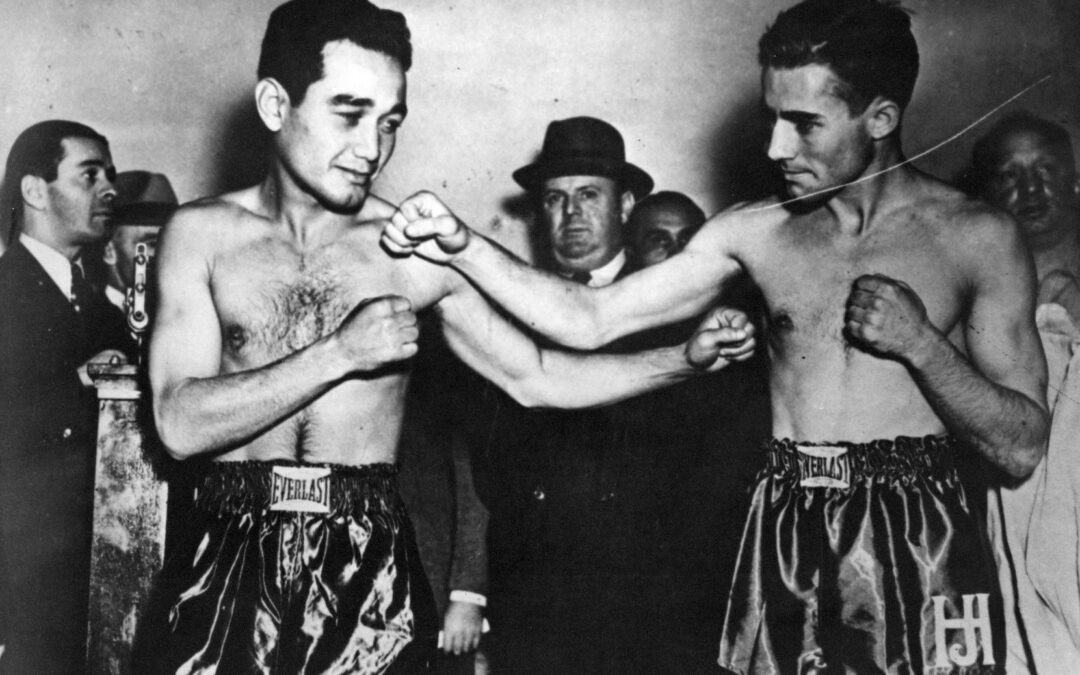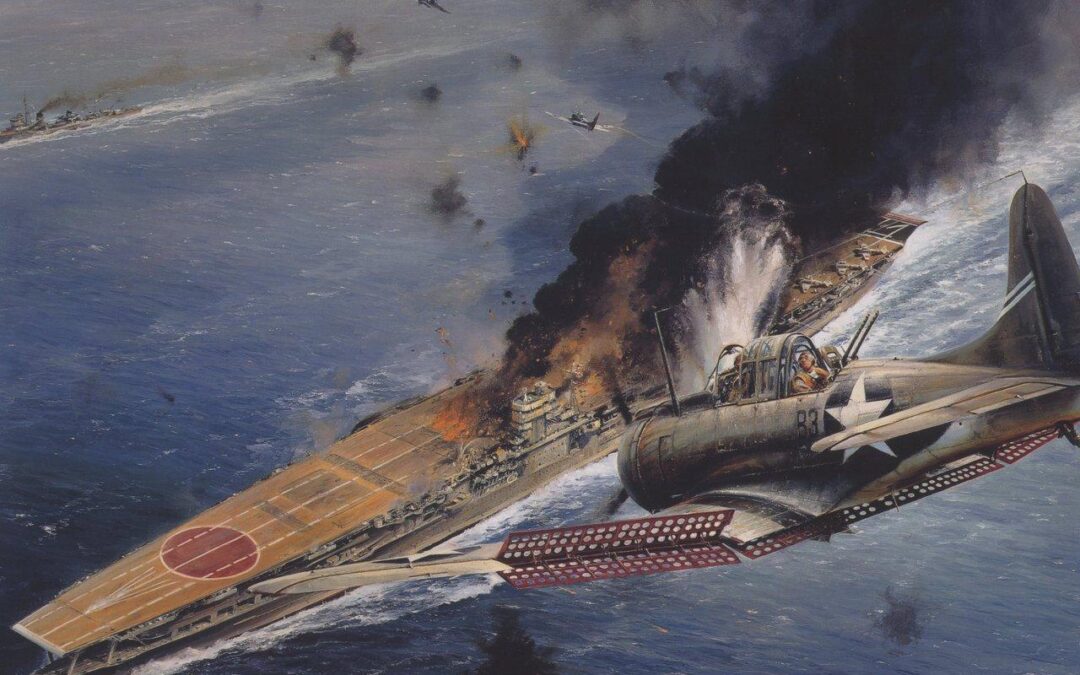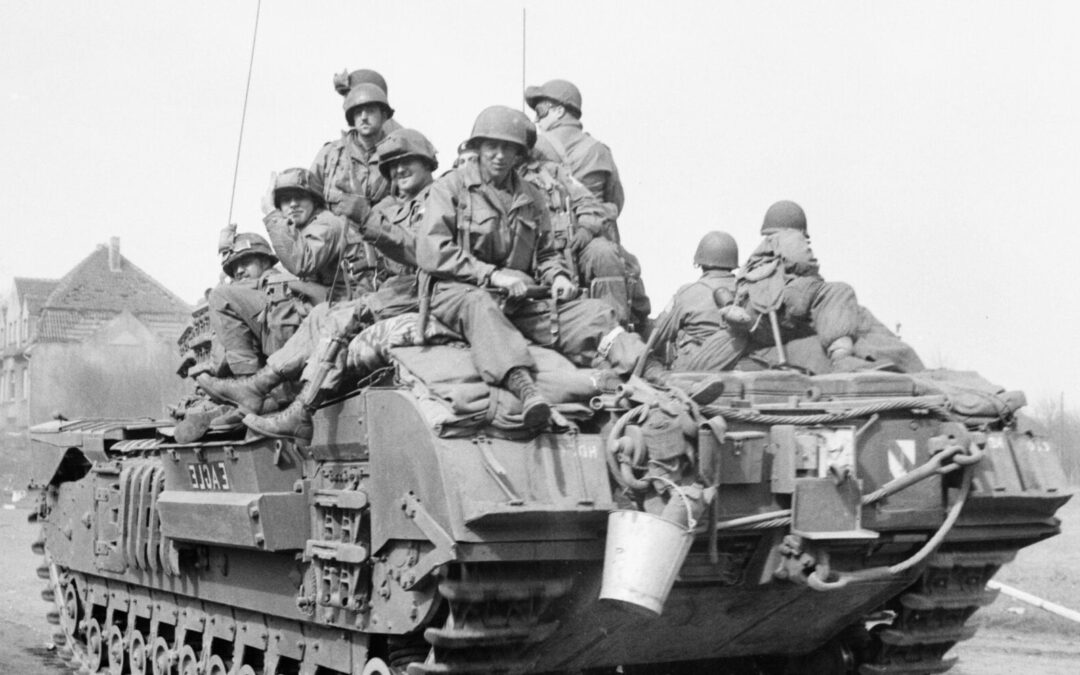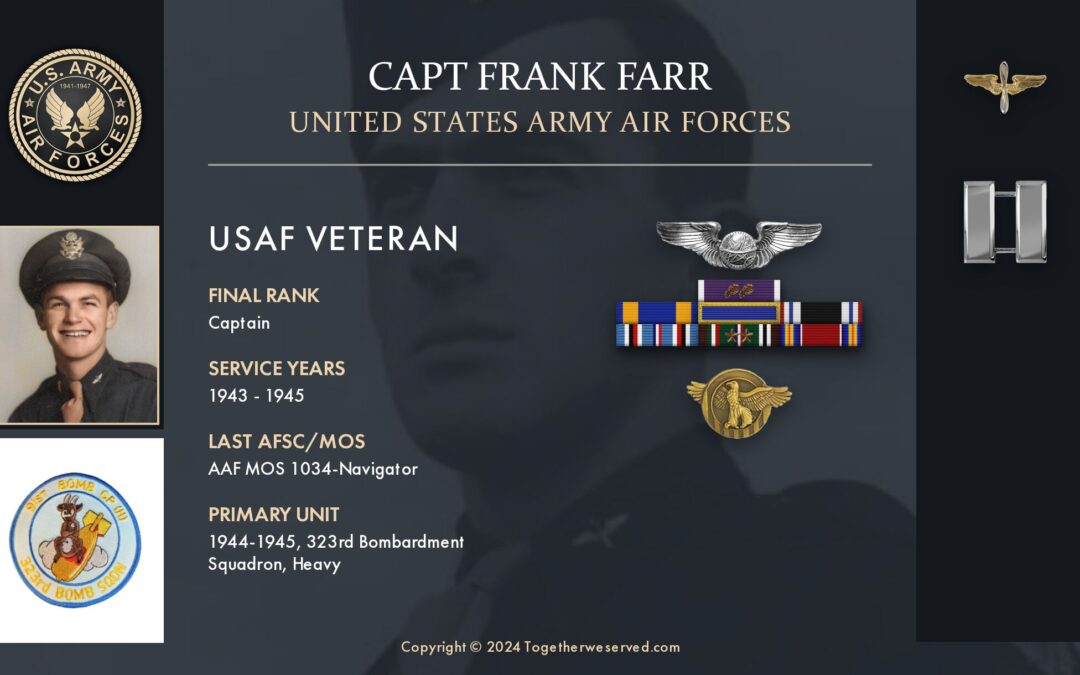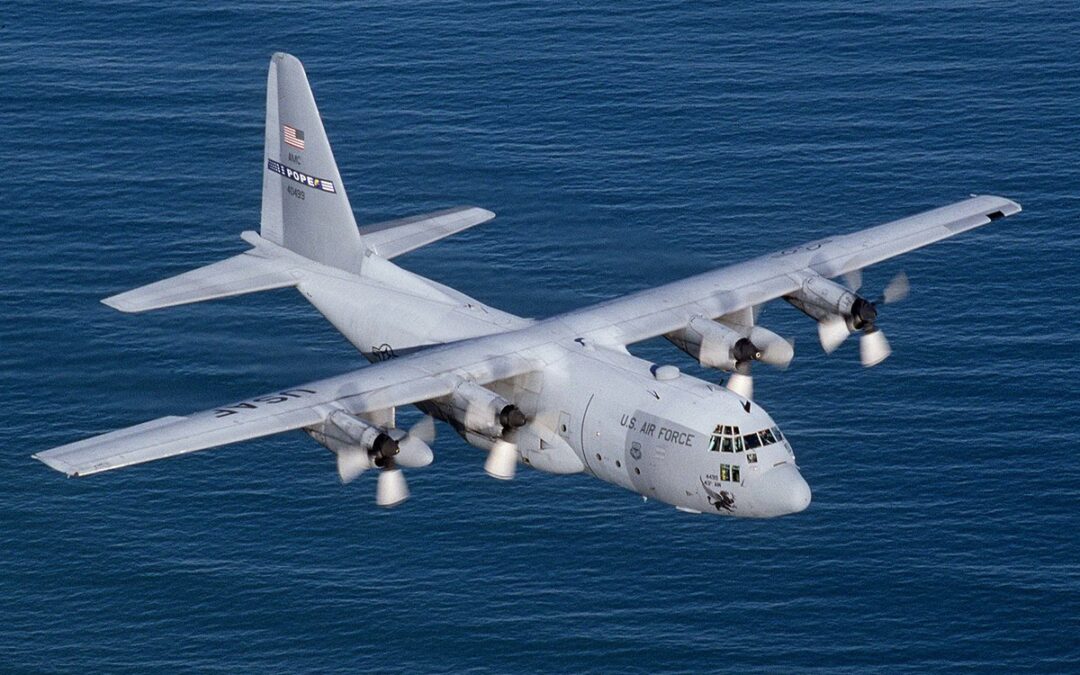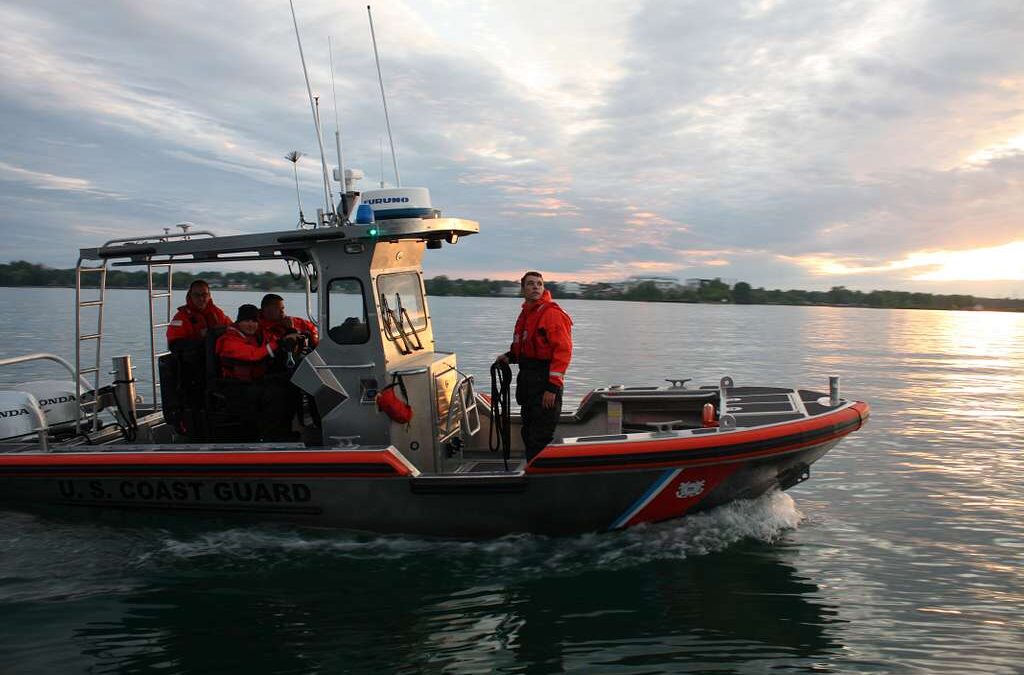Because of proposed cuts in the United States budget for 2019, the National Park Services would be severely reduced. This may have a negative impact on many NPS sites, including those where Japanese Americans were confined following America's entry into WWII in 1941. Japanese Internment Camps Began With Fear and Prejudice In 2006, the government set up the Japanese American Confinement Sites Grants Program via the National Parks and set aside thirty-eight million dollars to educate the public as to the importance of remembering this sometimes-controversial story in the nation's history. The grant money is typically used for site preservation, research, preserving oral and written histories, museums, educational materials, and archeology. As the years go by, fewer and fewer formerly incarcerated Japanese Americans are left to tell the stories. To keep those stories from fading away, work must be done, and that costs money. Ever since Ronald Reagan signed the Civil Liberties Act in...


